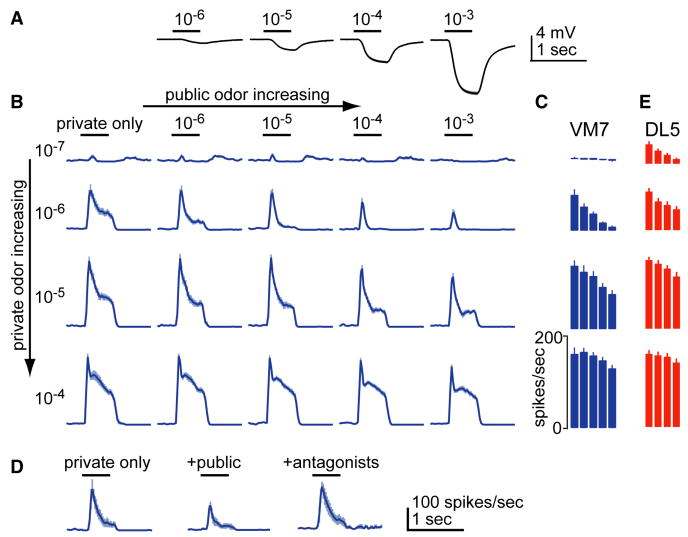Figure 2. Increased activity in the ORN population inhibits PN responses to direct ORN input.
A. Antennal LFP shows that increasing the concentration of the public odor (pentyl acetate) increases total ORN activity. Black bars are odor stimulus period. Each trace is a mean of 9-19 recordings, ± SEM.
B. Peri-stimulus time histograms (PSTHs) for VM7 PNs, each averaged across 10-11 recordings, ± SEM. Each column is a different concentration of pentyl acetate, each row a different concentration of 2-butanone. See D for scale bars.
C. Average spike rate during 500 msec of odor presentation, ± SEM. Matrix of bars is analogous to the matrix of PSTHs in B.
D. GABA receptor antagonists block the suppressive effect of pentyl acetate (10-3) on the response of VM7 PNs to a private odor (2-butanone 10-6; n=5, ± SEM). Picrotoxin (5 μM) and CGP54626 (10 μM) were applied together to block both GABA-A and GABA-B receptors (Olsen and Wilson, 2008). With antagonists, the response to the blend is significantly different from the response in control saline, and not significantly different from the response to the private odor alone (p<0.05 and p=0.18, paired t-tests).
E. Same as D but for DL5 PNs. The same concentrations of pentyl acetate were used as the public odor (except 10-6, which was omitted). The private odor was trans-2-hexenal. Each bar is a mean of 9-19 recordings, ± SEM.

